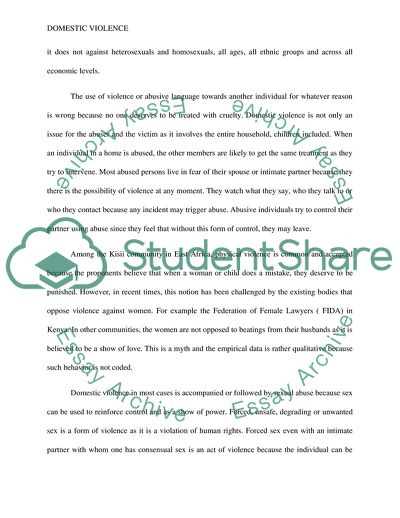Cite this document
(Domestic Violence Report Example | Topics and Well Written Essays - 2250 words, n.d.)
Domestic Violence Report Example | Topics and Well Written Essays - 2250 words. https://studentshare.org/social-science/1812273-domestic-violence
Domestic Violence Report Example | Topics and Well Written Essays - 2250 words. https://studentshare.org/social-science/1812273-domestic-violence
(Domestic Violence Report Example | Topics and Well Written Essays - 2250 Words)
Domestic Violence Report Example | Topics and Well Written Essays - 2250 Words. https://studentshare.org/social-science/1812273-domestic-violence.
Domestic Violence Report Example | Topics and Well Written Essays - 2250 Words. https://studentshare.org/social-science/1812273-domestic-violence.
“Domestic Violence Report Example | Topics and Well Written Essays - 2250 Words”. https://studentshare.org/social-science/1812273-domestic-violence.


